Report: Protecting Northeastern Wildlife Habitat
Nearly two-thirds of the 13-state northeast region that stretches from Maine to West Virginia* is blanketed by woods, making it the most heavily forested area of the country. These woods are home to hundreds of species of birds, fish, amphibians and mammals, many of which are dependent on healthy, diverse woodlands for their habitats.
There are black bear and bobcats, red squirrels and white-tailed deer, and ruffed grouse and grosbeaks. In spite of the abundance of forestland and some excellent stewardship by many landowners throughout the region, all is not well. Hidden behind the veneer of this bucolic landscape, lie two important but often overlooked details: due to the history of land use, these forests lack overall diversity, limiting their ability to sustain healthy and diverse wildlife populations; and more than half of these forests are owned by families and individuals, meaning that the future of sustainable wildlife populations lies in their hands.
type: asset-hyperlink id: 3DsRoH33fIkb3RhN4oVUdt
During the 19th century, heavy clearing of forests took place for farming, shipbuilding, fuels, charcoal and development of communities, setting up a dynamic of abandonment and regrowth. Over the last century, forests have reclaimed millions of agricultural and industrial acres in the Northeast. The reestablishment of this vast forested region provides an important foundation for the array of benefits derived from sustainably managed forests.
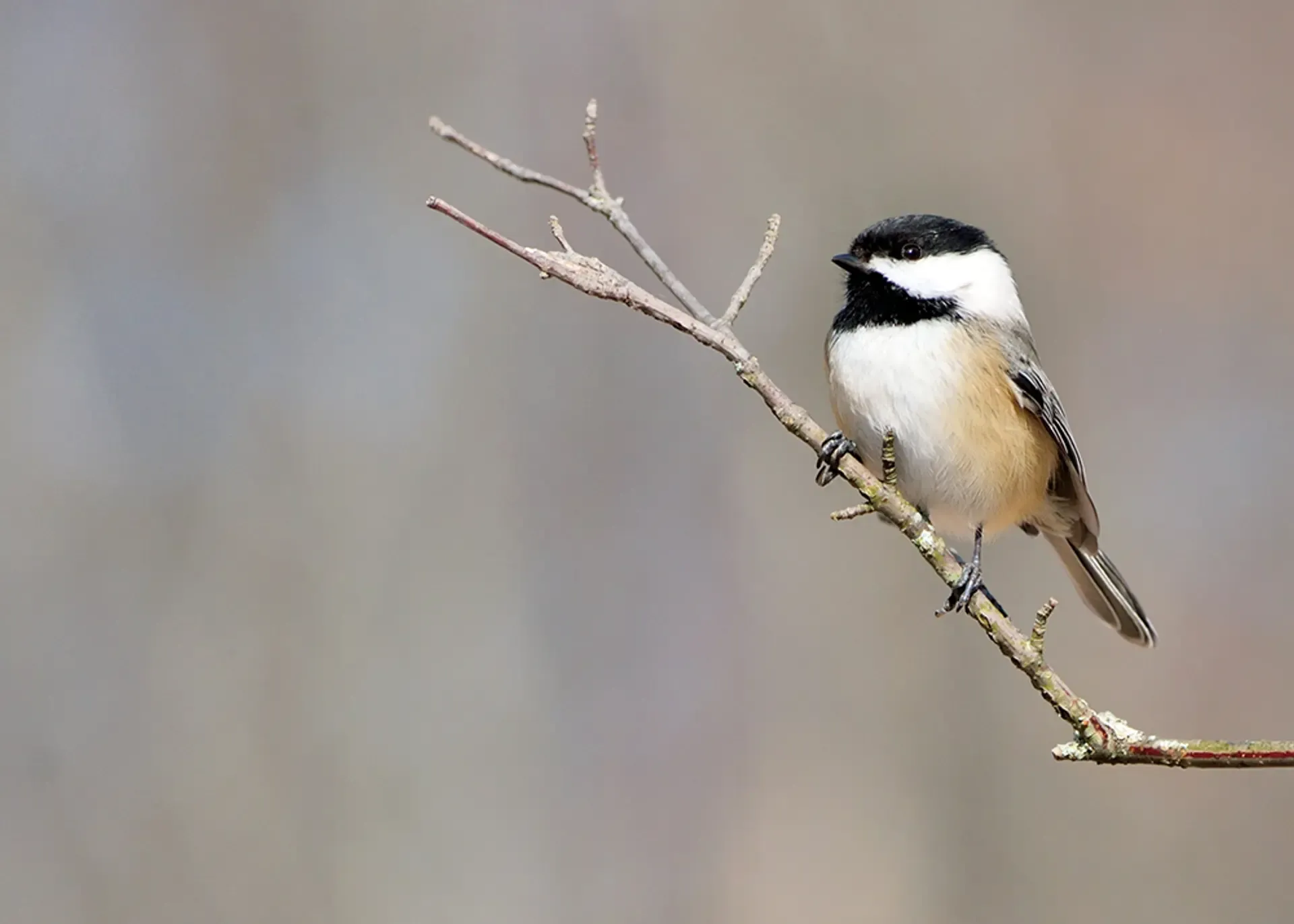
Nonetheless, given the long-term nature of forests, we find that the majority of the forests in the region today are roughly the same age and composition – despite the best efforts of many exemplary stewards. Because of this, northeastern forests lack the diversity in both tree species and age needed to provide healthy and sustainable wildlife populations throughout the region. While this balance can be restored through wide-spread, targeted stewardship activities, landowners throughout the region are lacking the markets, tools and resources to implement these activities on the ground.
Not only does the lack of diverse tree species, structure and age classification affect available habitats for native wildlife, but it also affects the forests’ ability to respond to looming threats, like insects and disease, and an uncertain climate future.
Moreover, this decline in forest health is occurring at the same time low-grade forest-product markets in the Northeast are shifting and shrinking. That makes it difficult for small landowners who need to harvest trees to improve habitat conditions and subsequently reinvest any income gained back into the land for further improvements.
These habitat issues create critical challenges for wildlife. The U.S. Fish and Wildlife Service reports that there are now 37 wildlife species at risk of extinction in the region, 13 of which are dependent on healthy forest habitat to survive (Elowe, 2016). An additional 23 have been identified as birds and mammals of concern (Anderson, et al., 2013).
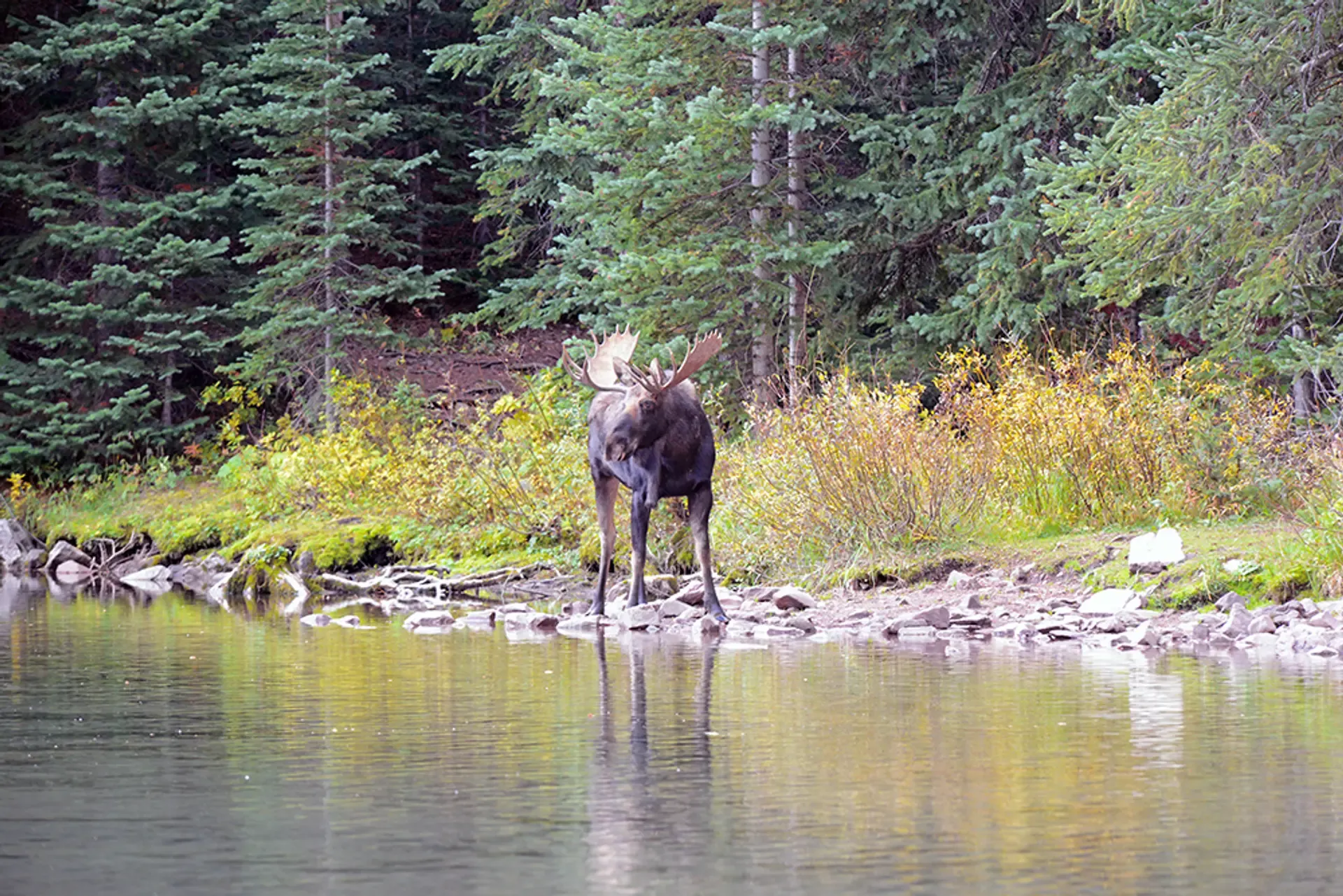
What’s more, healthy northeastern forests are also important to the regional economy. The timber industry and wildlife-related outdoor recreation both contribute billions annually to the regional economy (USFWS 2014; AFPA, 2015).
Given the importance of wildlife in the region, and given the role that family woodland owners can play in protecting and enhancing wildlife habitats, the American Forest Foundation set out to find solutions. type: asset-hyperlink id: 3DsRoH33fIkb3RhN4oVUdt.
What we found are some incredible, hidden opportunities that are often overlooked.
The spatial analysis focused on more than 27 million acres of forest in three important habitat types across the Northeast and revealed that more than 11 million of those acres are owned by families and individuals.
What does this analysis really show? With 40% of these acres in family ownership, the solution is hiding in plain sight. To target initial focal areas, the analysis also pointed to hidden opportunities in 30 key watersheds, where significant amounts of intact and high-quality family-owned woods. To complement the existing efforts of many family woodland stewards, if even more landowners are given the essential tools to manage significant amounts of this land, important progress to protect wildlife can be made.
Family woodland owners throughout the region can implement practices that benefit wildlife, and they should be encouraged to do so. However, with limited resources available to reach and assist landowners, AFF and our partners can use the results of this analysis to target increased effort in areas that have the greatest potential impact for protecting wildlife habitats and improving forest health. The 30 targeted watersheds that emerged from the analysis are great places to start.
To take it one step further, the type: asset-hyperlink id: 3DsRoH33fIkb3RhN4oVUdtalso illustrates that the only way to rebalance our forests is through active stewardship. Building on successful efforts to promote permanent land protection through conservation easements, the critical next step is to work with landowners to implement key practices on their land. Both the target and surrounding watersheds have an unhealthy shortage of early- and late-successional forests, differing from historic conditions by 17 and 32%, respectively. These forest types are critically important for many wildlife species that are already at risk or in decline.
It is not enough, however, to simply know where the problems are and what kinds of activities are needed to fix them. AFF and others also need to know more about family woodland owners’ attitudes as well as wildlife-related activities that are completed, planned or under consideration to augment the impact at a landscape scale.
To find out, AFF type: asset-hyperlink id: 3DsRoH33fIkb3RhN4oVUdt of more than 20,000 northeast family woodland owners in early 2016, with more than 1,400 respondents. It found that a large majority say protecting and improving wildlife habitats are important reasons they own their land (85%), and that they are concerned about the loss of wildlife habitats (77%). Yet fewer than half of Northeast family owners are managing for wildlife habitats on an ongoing basis, and nine out of 10 acknowledge that they could do more on their land.
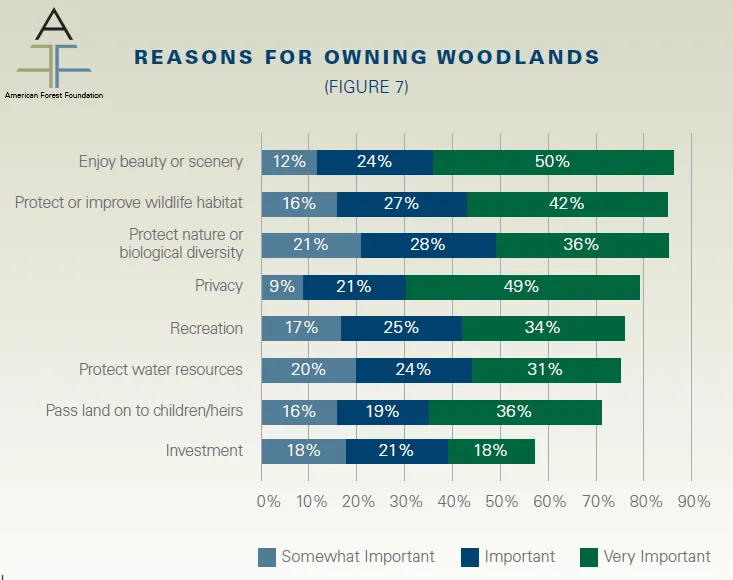
Why aren’t they doing more? The most common reasons given are concerns about government red tape – whether real or perceived, costs to implement activities and uncertainty about what to do. Those barriers are not insurmountable, though. In fact, the survey shows that providing family landowners with information and connecting them with natural resource professionals are the keys to breaking down barriers and helping them protect and improve wildlife habitats on their land through active stewardship. Indeed, landowners who work with professionals implement more than twice as many habitat improvements than those who have not yet interacted with professionals.
Based on the spatial analysis and landowner survey, AFF recommends three strategies to help overcome family woodland owners’ barriers and improve wildlife habitats throughout northeast woodlands in a way that is both consistent with and complementary to existing state Forest Action Plan and Wildlife Action Plan efforts:
Promote forest policies, state and federal technical assistance, and markets that help Northeast family woodland owners keep their woods as woods, while simultaneously improving their health and sustainability.
Increase woodland owner access to professionals, improve training and education for natural resource professionals and expand inter-agency collaboration.
Work with northeast regional and local partners to develop landscape-scale projects for reaching out to and engaging family woodland owners in the three priority forest habitats.
type: asset-hyperlink id: 3DsRoH33fIkb3RhN4oVUdt
*The 13-state region includes: Maine, New Hampshire, Vermont, Massachusetts, New York, Rhode Island, Connecticut, New Jersey, Delaware, Pennsylvania, Maryland, Virginia and West Virginia.
Related Articles
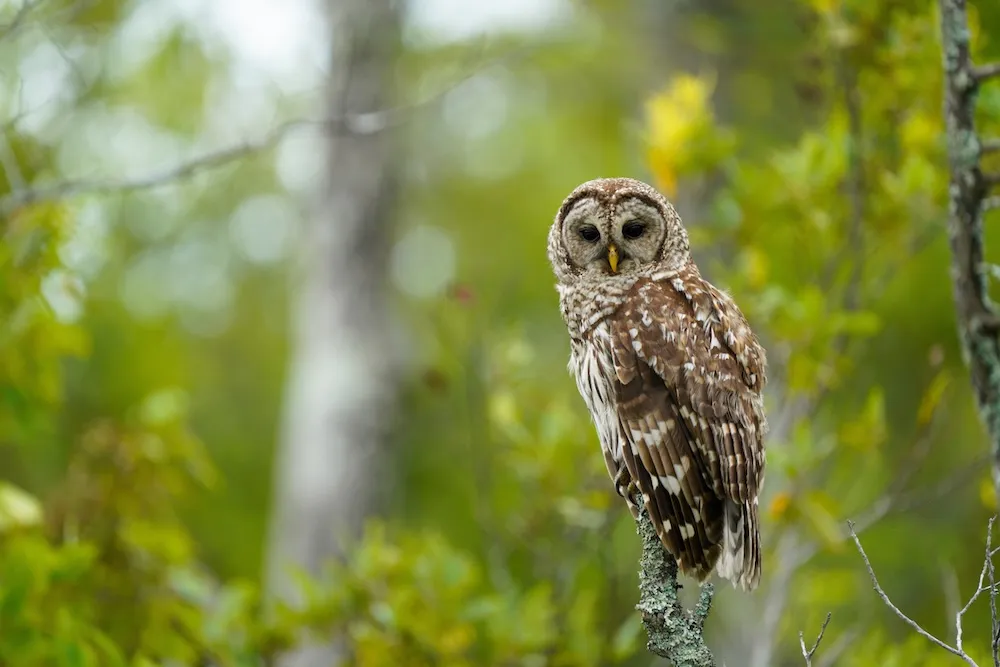
December 18, 2025
Improving Wildlife Habitat with the Family Forest Carbon Program
For many landowners, spotting a fox, songbird, or other wildlife on their property is one of the highlights of spending time on their land. In this post we look at some examples of management practices you may see in your FFCP forest management plan and how they help create the ideal conditions for certain wildlife species.
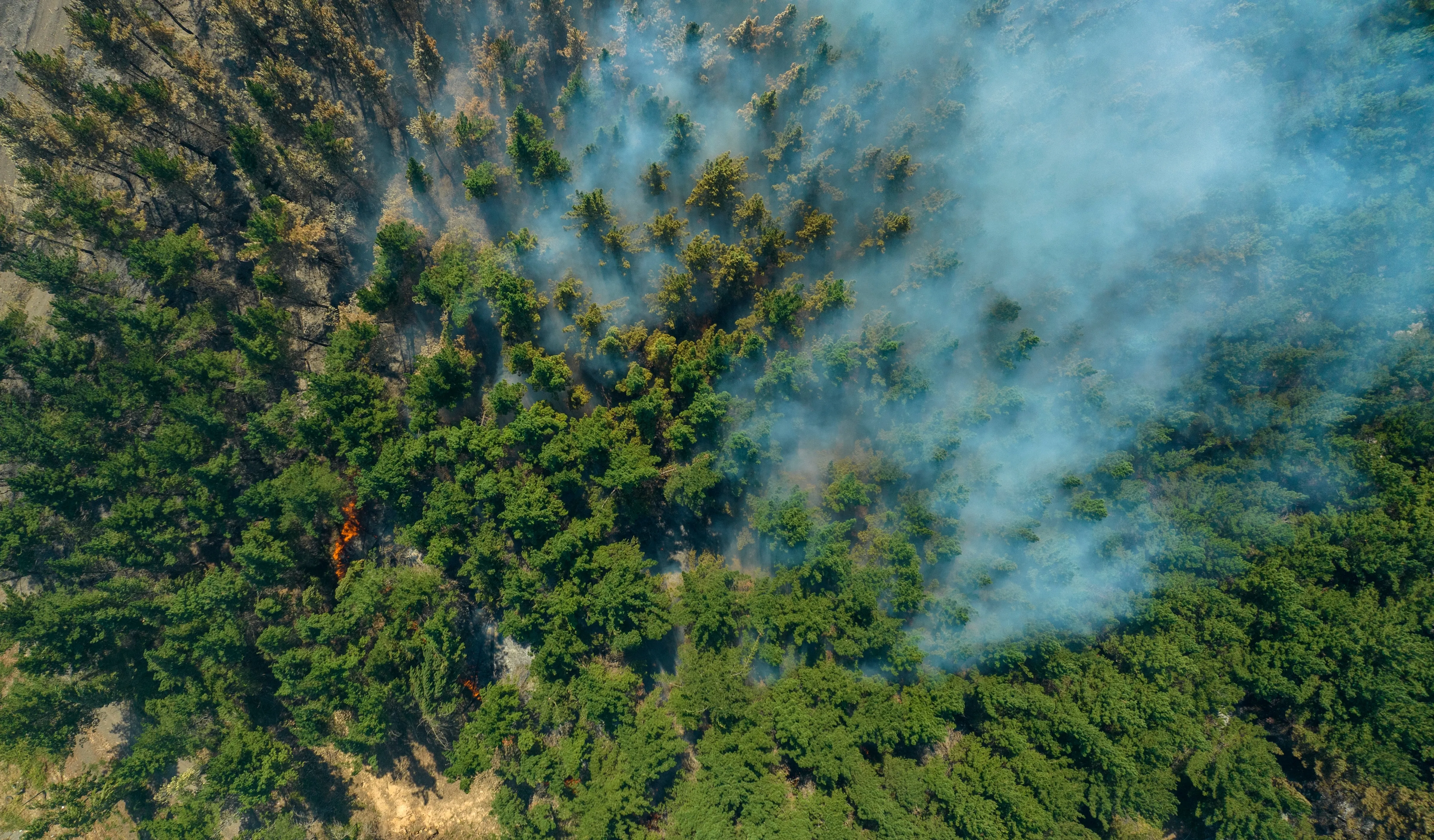
December 1, 2025
Tackling Wildfire Through Partnership: AFF’s Stacked Benefits Model
A few miles outside Grass Valley, California, a narrow road winds past homes tucked into dense forest. From the ground, it is easy to forget that these trees are doing something extraordinary. They are standing between the community and the next wildfire.

July 29, 2025
What to Expect from Your Forest Management Plan
Did you know that only about 11% of forest owners have a Forest Management Plan? Programs like the Family Forest Carbon Program (FFCP) are helping change that—making it easier for families to care for their land with confidence. By supporting more landowners in creating these plans, we’re growing a more connected community of people who are committed to the health of their woods—and the future of our forests.